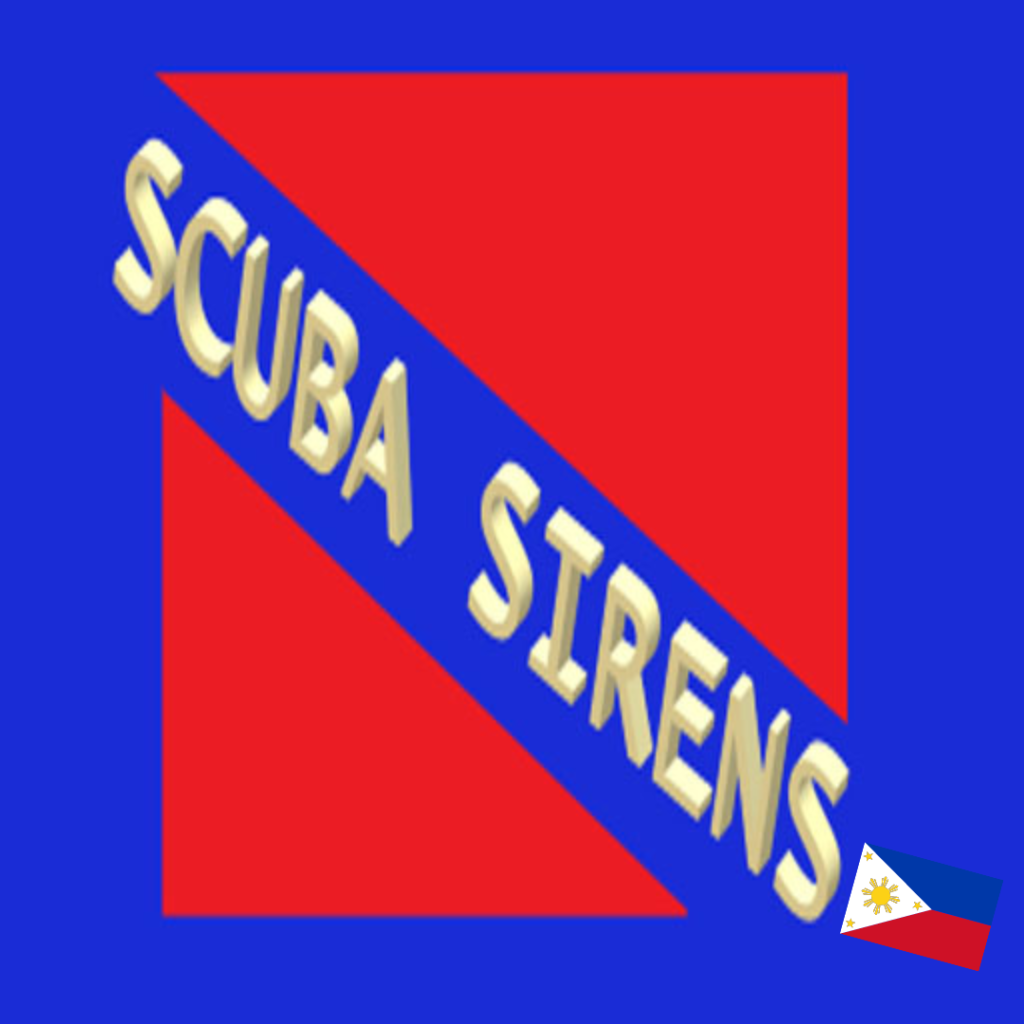The PADI Wreck Diver Course in exciting Subic Bay is the best way to expand your diver knowledge. There are over a hundred wreck dive sites in the world. Wreck diving sparks the imagination of many scuba divers, each for different reasons. For some, it’s the thrill of discovery and the challenge of navigating through a sunken structure. Others are drawn to the deep history—wrecks as time capsules resting quietly on the seabed. Underwater photographers are inspired by their dramatic shapes and shadows, while marine life enthusiasts admire how wrecks evolve into vibrant artificial reefs.
Wrecks aren’t limited to sunken ships. They include aircraft, trains, trucks, and even abandoned construction equipment. These sites vary greatly in depth and complexity—from shallow, beginner-friendly wrecks to deep, technical penetrations suitable only for advanced divers.
No matter your experience level, there’s something uniquely powerful about descending into the past. That feeling lies at the heart of the PADI Wreck Diver Specialty Course.
The Philosophy Behind the PADI Wreck Diver Course
PADI’s Wreck Diver course is designed to make wreck diving both safe and rewarding. The goal is to train divers with a thoughtful, step-by-step approach to wreck exploration—while staying within recreational limits and minimizing damage to fragile underwater ecosystems.
Through a combination of knowledge development and open water dives, students learn the fundamental skills and safety procedures necessary to dive wrecks confidently. Topics include legal and ethical considerations, common hazards, how to research potential dive sites, selecting the right equipment, and basic principles of wreck penetration.
Students are also taught how to respectfully interact with the marine life that often calls these wrecks home.
How the Course Works
Learning wreck diving isn’t just theory—it’s hands-on. The course blends self-study with real-world application. You’ll read the PADI Wreck Diver Manual, watch the companion video, and then complete four open water dives in Subic Bay.
These dives are where it all comes together: you’ll practice navigation, line handling, and—if conditions allow—safe, limited wreck penetration under instructor supervision.
By the end of the course, divers don’t just earn a specialty certification—they gain confidence, refined skills, and a deeper appreciation for the stories and ecosystems hidden beneath the sea.
Dive 1 – Exterior Survey and Buoyancy
The first dive focuses on external navigation and buoyancy control. Student divers swim along the outside of the wreck while maintaining proper trim and neutral buoyancy, learning to avoid disturbing silt or touching fragile structures.
Before the dive, the instructor gives a full briefing outlining the plan and safety measures. Underwater, the instructor leads the route while buddy teams follow and observe.
The goal is to identify potential hazards like sharp edges, entanglement points, or unstable structures. Divers are also encouraged to practice responsible finning techniques and remain aware of their surroundings. After surfacing, the class debriefs to review the dive, discuss marine life sightings, and reflect on navigation successes.
Dive 2 – Mapping and Entry Evaluation
Dive two builds on the first session. This time, students take an active role in mapping the wreck.
In buddy teams, they survey the wreck’s exterior and sketch its layout, noting key features like cargo holds, bulkheads, and any visible damage. Hazards like entangled fishing lines or jagged openings are also marked.
Importantly, students begin evaluating potential entry points—without actually entering. They use dive lights to peer into openings, assessing size, structural stability, and signs of silt or obstructions. This exercise helps develop judgment and planning for future wreck penetrations.
Dive 3 – Line Practice in a Simulated Environment
The third dive introduces wreck penetration procedures, but in a controlled, external setting. Divers simulate line handling by deploying and retrieving a penetration line along the outside of the wreck.
Each team practices securing the guideline, maintaining constant contact, and swimming with a primary light—just as they would in a real penetration scenario. The emphasis is on precision, coordination, and avoiding silt disturbance.
This practice run helps students prepare mentally and physically for entering confined spaces. It’s where core wreck diving habits start to solidify: deliberate movement, constant awareness, and clear buddy communication.
Dive 4 – Limited Wreck Penetration
The fourth and final dive is the culmination of all prior training. Students conduct a supervised limited penetration of a real wreck under the instructor’s close guidance.
Before entering the water, the team thoroughly plans the dive, including gas management, depth and time limits, and navigation strategy.
Once inside the wreck, divers follow a previously secured penetration line, maintaining constant contact and using a dive light for visibility. Every movement is slow and controlled to prevent silting, protect the wreck, and preserve situational awareness.
This dive pulls together everything learned—buoyancy, trim, line use, lighting, hazard recognition, and emergency preparedness. Divers must also return to the original entry point, without surfacing elsewhere.
It’s a powerful, confidence-building experience and the highlight of the course for many.
Why Subic Bay?
There’s no better classroom for wreck diving than Subic Bay, the wreck diving capital of the Philippines. With over 10 accessible wrecks, Subic offers a variety of sites for different experience levels.
From beginner-friendly wrecks like the El cap to deeper sites like the Skyraider, Subic has something for every diver. The bay’s protected waters also make it diveable year-round, adding reliability to your training schedule.
Final Thoughts
The PADI Wreck Diver Specialty Course isn’t just about learning a skill—it’s about exploring a new world responsibly. It’s a structured path to becoming a more capable and confident diver, one who can appreciate both the history and fragility of the underwater world.
Whether you’re drawn by the mystery, the marine life, or the technical challenge, the wreck diver course offers an unforgettable way to grow your scuba abilities—and Subic Bay is the perfect place to start.
Ready to descend into history? The wrecks of Subic are waiting.

